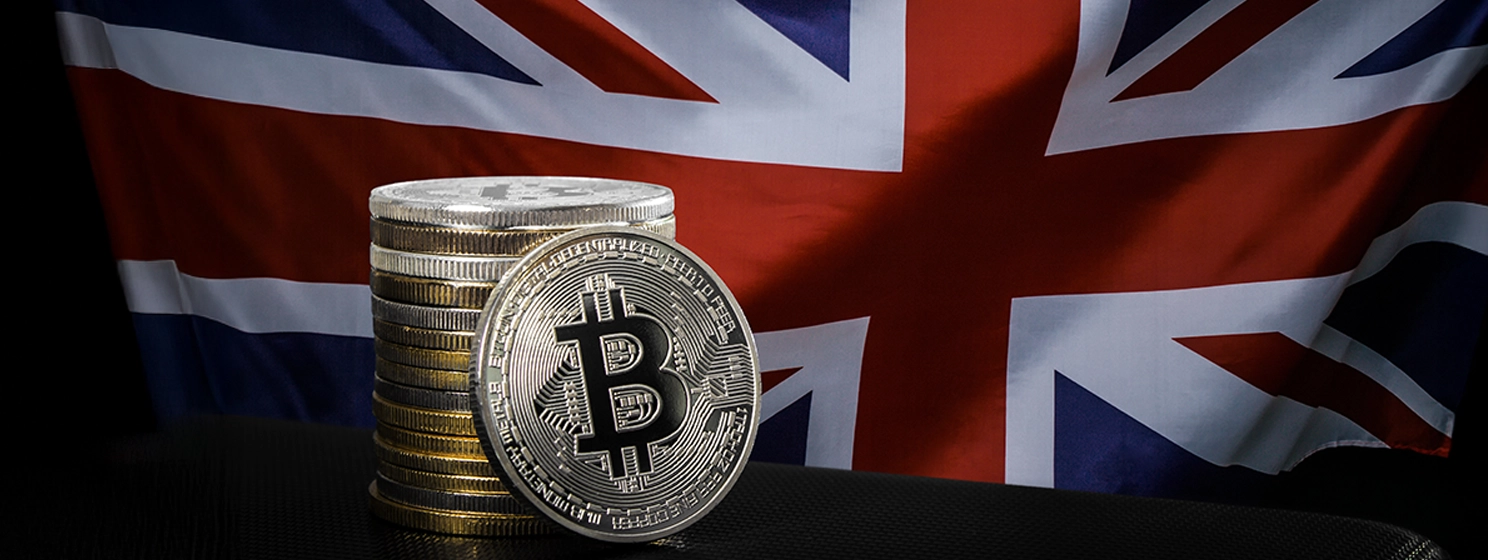|
Getting your Trinity Audio player ready...
|
Bhutan is racking impressive figures in digital asset payments with a report highlighting rising adoption metrics in the Asian country.
Bhutan is playing catch-up with industry leaders, only opening the floodgate to digital currencies barely six months ago. The report pointed out a partnership between Binance Pay and Bhutan’s DK Bank designed to allow Binance users to pay for goods and services using digital assets. The arrangement with Bhutan’s first digital bank extends digital asset utility to various sectors, including hospitality, travel, taxes, and roadside snacks using BTC.
Since the partnership in May, DK Bank president Ugyen Tenzin disclosed that more than 1,000 merchants in Bhutan are now accepting digital assets. The pace of adoption since May signals an incoming avalanche of merchants and consumers embracing digital currencies for payments.
Bhutan relies heavily on cash-based transactions, a trend that the government is keen on reversing. For now, the early adopters of digital currencies are highlighting the benefits of the emerging payments system, citing settlement speeds, low fees, and the perks of cross-border settlement.
On the macroeconomic level, Bhutan is stacking digital assets via state-powered Bitcoin mining activities. At press time, Bhutan holds over 12,000 BTC from its mining operations as far back as 2013 and is keen on launching a national digital asset reserve.
The road to digital currency adoption for Bhutan will not be easy for the South Asian country. Pundits are predicting a rocky path given its poor internet connectivity issues, with visitors to the country describing it as “abysmal and tedious” to use.
However, the report says the availability of Starlink may improve the country’s internet connectivity issues, opening the floodgates to higher digital currency adoption levels.
Asia embraces digital assets en masse
Bhutan is not the only Asian country adopting digital currencies for payments. A quick view across the region reveals an increasing adoption rate from Singapore to the Philippines.
Singapore is setting the pace for its neighbors via a raft of regional partnerships. Recently, Vietnam legalized digital assets, while the Philippines is advancing its virtual currency usage beyond its play-to-earn (P2E) origins.
Across the broader Asia Pacific (APAC) region, digital asset adoption metrics are surging to an all-time high, driven by changing consumer habits and government policies.
Naver Pay to launch stablecoin but eyes consumer-facing applications
Meanwhile, South Korea-based payment company Naver Pay has announced plans to wade into the stablecoin market, targeting retail applications to keep up with local first movers.
According to a report by local news outlet Chosun, Naver Pay will roll out a stablecoin, but it remains unclear whether the incoming launch will be pegged to the U.S. dollar or the Korean won. In a press conference, Naver Pay CEO Park Sang-jin disclosed that changing regulatory standards and emerging utilities are powering renewed interest among fintech heavyweights.Park hints at applications in reward programs for non-aligned financial companies and mainstream payment use cases. Naver Pay has filed five trademark applications, including “NKRW,” hinting at a won-pegged stablecoin offering in the future.
“Stablecoins will be a core instrument in digital finance,” said Park. “We intend to play a leading role in shaping the industry’s future through consortiums and agile policy adoption.”
Per the patent filings, it appears that Naver Pay will adopt a direct issuance model for its stablecoins, minting tokens and distributing them to users without third parties. Naver Pay’s ambitions come on the heels of Kakao Pay’s six trademark filings for its incoming stablecoin offerings.
Park says that Naver Pay will push the frontiers with its stablecoin offerings. The company plans to introduce its stablecoin into a raft of consumer-facing transactions, sidestepping traditional digital asset trading use cases.
An AllianceBernstein report reveals that 88% of all stablecoin transactions involved digital asset trading, while less than 7% revolved around payments for goods and services. Naver Pay has its sights set on retail and e-commerce services, hinting at its potential for corporate loyalty bonuses and discounts.
“Dollar stablecoins gained value because their utility expanded over time,” said Park. “That’s the path Korean firms will have to follow—build first, then prove value.”
The trouble with won-pegged stablecoins
Won-pegged stablecoins have had a rocky start to life, failing to gain traction since they burst onto the scene in 2019. In 2020, Binance launched BKRW but shuttered the offering after only eight months, citing falling liquidity and volumes.
Industry players have pointed to declining trading volumes as another reason won-pegged stablecoins fail to take off. However, the South Korean government is easing the requirements for new ecosystem players via a new bill reducing equity capital for local firms.
The U.S. is also inching toward a comprehensive stablecoin regulatory playbook with its GENIUS Act. The groundbreaking legislation has scaled through the U.S. Senate but faces an uphill climb in the House despite U.S. President Donald Trump’s backing.
Watch | The Strategic Shift 2025 Highlights: Transforming industries with SaaS & blockchain

 12-24-2025
12-24-2025 




